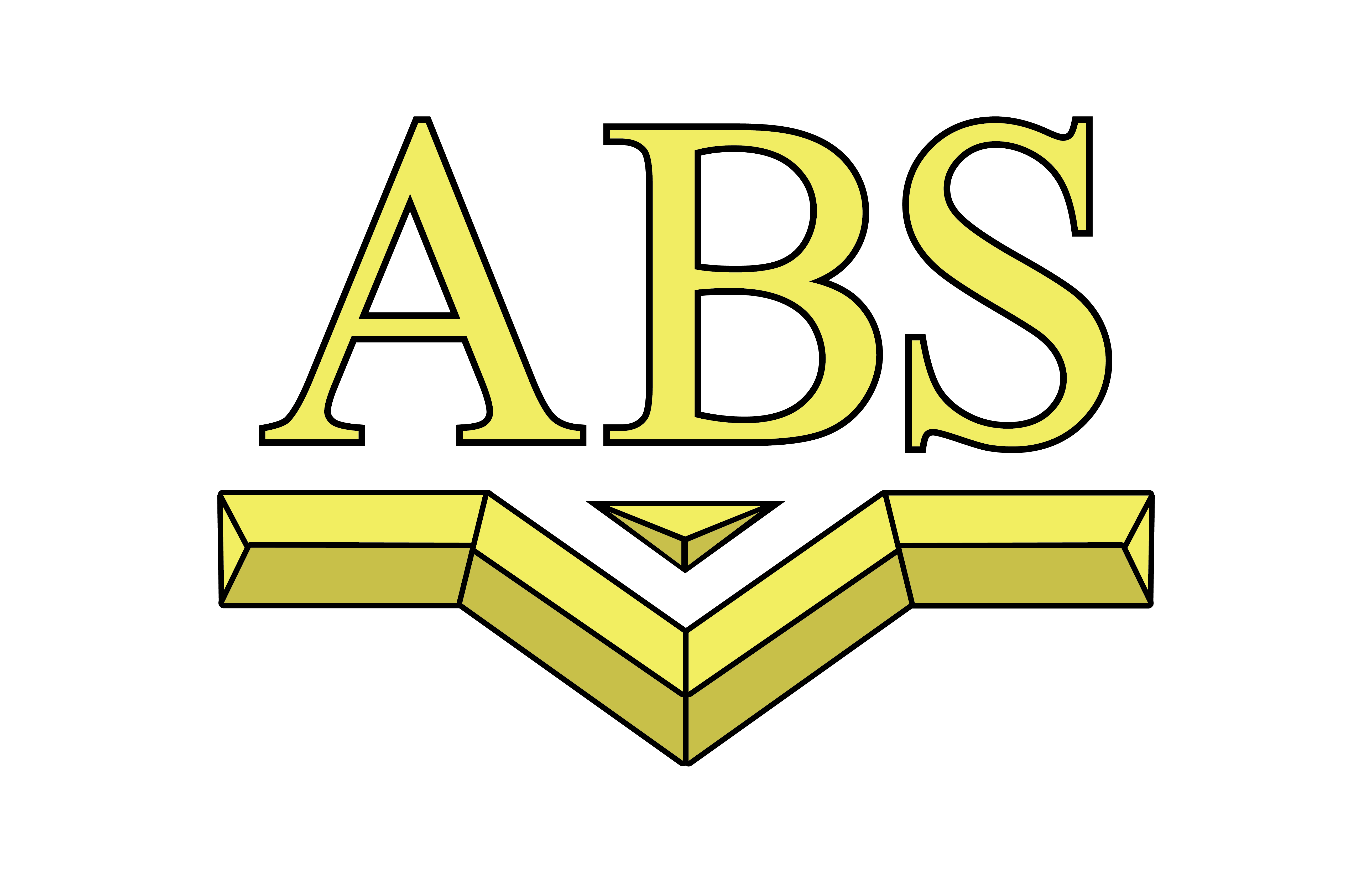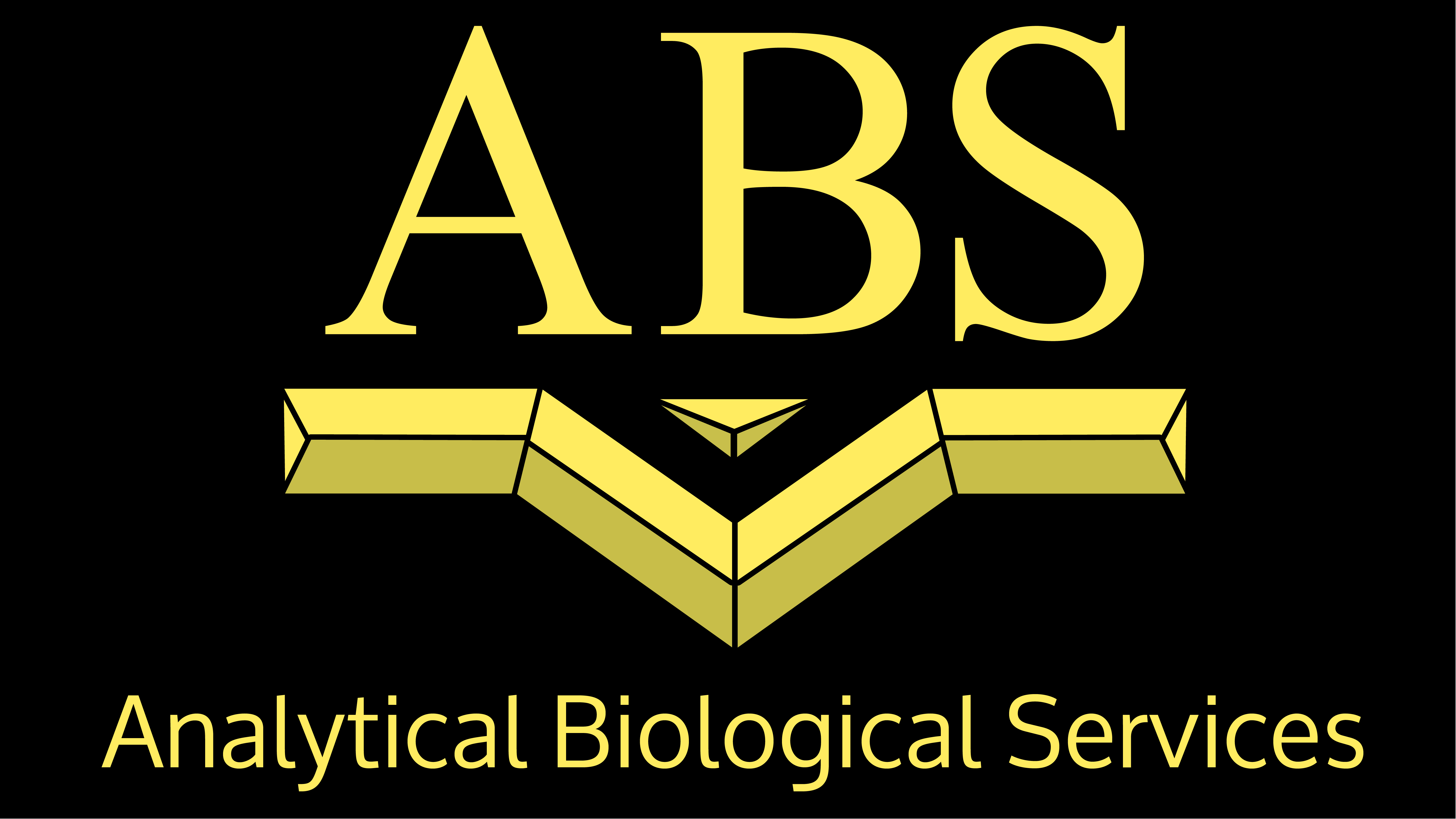
Day One is a bit of an over-simplification. As I remember it nearly 30 years ago, there wasn’t really a clear day one. The transition to starting ABS was more gradual. While working on Seroquel® at ICI Americas, I leased a small laboratory at the Philadelphia College of Pharmacy to use at night to make membrane preparations. I and two technicians would drive up to Philadelphia after working all day and then sacrifice 100 rats that were delivered that day and begin homogenizing and centrifuging rat brain membrane preparations well into the night. I had purchased one centrifuge and there were various other centrifuges on two separate floors that we could access by running up and down flights of stairs so that the membranes were quickly processed. This was a low-cost test of the feasibility of the idea for the business and good exercise.
By looking at scientific papers in the library (it was a primitive time with limited Internet access), I found our first customer at Schering-Plough who appeared to be doing a lot of work with membranes for receptor binding. Even though I thought the idea for the business made sense, I was surprised that I could get a pharma client to buy from me; but they did, and we continued to do business with Schering and later Merck and many others. This was even more surprising to me because I was not, a salesperson by any stretch of the imagination, but I believed ABS offered something of value.
After it seemed that this might work, I gave notice to ICI that I would be leaving. The way that this happened was also somewhat strange. Seroquel® had just gone into Phase I studies and I knew that I would still be needed for some additional work, so I gave ICI one year’s notice of my leaving with the condition that I would be working on my business for a significant portion of that time. This worked for everyone and provided me with some time to transition fully to ABS and gain a few more clients.
The reason that I describe this approach is that if it is at all possible, it is best with most projects to test the waters before jumping all the way in. That said, by the beginning of 1991, I had quit a good job and was sitting alone in a room with boxes of lab and office supplies in a business park in Wilmington, DE and no full-time employees. So, what does one do in this position with no sales or business training?
Like many endeavors in life, the fundamentals are not that complicated. First and foremost, then and now, we must deliver products and services that our clients value. We must do what we say we are going to do or better. We must make it easy for our clients to work with us, especially so that they are in control with regular communication. Through all the challenges of starting from scratch, we maintained a focus on these fundamentals.
By inclination and experience, I was a quiet scientist who worked at the lab bench or office. I was not a salesperson or out-going. I would smile and say hello and get back to work. So, what was the next step as a new business owner? Not too surprisingly, I knew that I needed clients. Since I had grown accustomed to eating regularly and living in a house with a mortgage (two at that time), I overcame my natural tendencies and made call after call to people who I though could use our services. If they would speak with me, and most were kind enough to do so, I would go meet with them even if only for a few minutes. I kept repeating this process and got better at it because I wanted to maintain my eating habit and because I knew that we were providing value.
This may sound cliched but thinking about providing a valuable service made it a lot easier than selling something. Eventually, all of this became second nature and today I very much enjoy meeting clients, many of whom are now friends. Having compelling reasons for doing something makes any task easier.
This may make a nice story, but how does one get from running around meeting clients and running in ten different directions to building a real business or a laboratory with effective reproducible and scalable process? Having a great idea or ideas is not nearly enough. How does one make all of this happen, especially with limited resources? Please see the next few blog posts to learn more…



